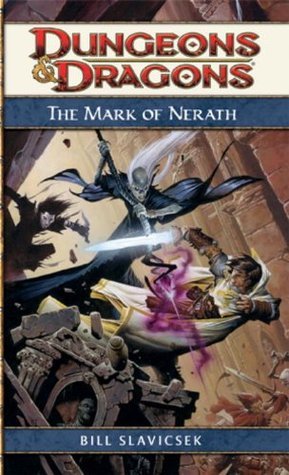What do you think?
Rate this book


311 pages, Mass Market Paperback
First published January 1, 2010
OK, this book is everything you expect to see from a role-playing game tie-in book. The characters are wooden the action is predictable and the writing is like someone is writing a grade school book report.
The "About the Author" blurb in the book states that the author designed several modern day role-playing settings. I can see that. The man does not lack for imagination, but he writes as if he's writing a sourcebook, some D&D resource that describes how many hit points this monsters has. I mean come on! Don't name every monster you introduce in the book. Describe them, give us an idea of what they look like and what they're doing at the given moment. Are they menacing? Are they lounging around the tavern? Are they singing show tunes? Yes, names have power and sometimes calling something a zombie can be used to evoke a certain amount of fear and a certain atmosphere. In this book, the first several dozen chapters name the fantasy monsters like the fourth edition Monster Manual.
That brings me to the second big problem. Chapters should be more than six words long. Admittedly, that was a bit of hyperbole, but it was very annoying to read two pages then have a chapter break. Points of view can be spread across one chapter and woven together like a tapestry. This felt more like someone sewing their first quilt, using scraps and haphazardly sewing them together.